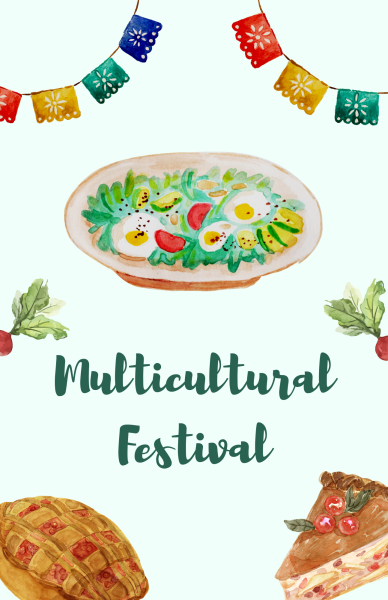Ben’s Nut Review

Nuts make for a nutritious and pleasant snack.
April 6, 2022
In the course of human gastronomic history, few pleasures have been derived so regularly and fully from food as that of snacking. To snack is to delight in flavor, to be consumed in consumption, to fulfill your every desire. However, in the modern pantheon of snack foods, silent killers like trans fats and complex carbohydrates lurk in the shadows to turn an otherwise pleasant morsel into a parcel of guilt, anxiety, and fear.
In this dangerous confectionary landscape, there is one food that frees itself so masterfully, so entirely, from any possible detraction from enjoyment that I assert it to be the premier snack food in existence. That food is nuts. Nuts are the most diverse, nutritionally sound, customizable, and flavorful snack available on the market today, and a thorough analysis of the merits, demerits, and special features of the world’s best known nuts is well overdue.
The almond is a simple nut, and internationally loved. Found whole or shaved in various regional dishes and cuisines, it is truly versatile in recipes, and is truly a delight on its own. A raw, unsalted almond is relatively mild, with a light sweetness and floury aftertaste. For some, raw almonds aren’t quite enough, and I sympathize with this perception. Roasting and salting are an almond’s best friend, and once one has experienced an almond that is cooked and seasoned to perfection, it is difficult to return to its virgin form.
Tantamount to the almond in simplicity and acclaim is the peanut. While technically a legume, this foodstuff has grown to be one of the most well known and beloved nuts, and its versatility has made peanut flavoring a staple in modern snack foods. From peanut butter to peanut brittle, these amazing little pods have thousands of uses, but they’re just as good in the raw. The simple, almost esoteric pleasure of prying peanuts from their rough casing provides a counterpoint of stress to the ultimate relaxation that is the first bite of a delicious peanut. Upon masticating, the flesh of the nut can be ground into a soft, creamy butter, and coating the mouth in its distinctive, unique flavor. Eating a peanut is relaxing, and reminds many of childhoods spent eating peanut butter and jelly sandwiches. From barrooms to baseball games, this pleasant, reliable experience makes peanuts the ultimate time filler, a nut meant to be consumed while waiting.
Like peanuts, cashews are also technically legumes. Prominent in Southeast Asian cuisine and new-age meat and milk alternatives, the cashew is a great source of fiber and protein and is intensely snackable. The cashew’s unique shape makes it an almost whimsical delight, and the sweet, nutty flavors it contains create a candylike eating experience. The cashew is one of the softest nuts, and can be a little too sugary to some if left unsalted. It is this sweetness, however, that makes the cashew one of my favorite nuts. When roasted and salted, the flavor profiles develop within the nuts and they become hearty, with a beautiful combination of sweet and salty and some pleasantly roasty notes lingering on top. Texturally, roasting elevates cashes to another dimension of crunch, while maintaining much of their internal softness–truly blissful.
Sitting slightly to the salty side of cashew and slightly to the tough side of peanut is the pistachio, one of the most unique, yet popular nuts. These small green pods have such a unique, aromatic taste that they’re beloved by artisan ice cream makers for use in gelato, but they also provide a challenge to the avid eater. The brittle, white shells of pistachios prove to be more difficult than they first appear, and snackers risk a broken fingernail each time they indulge in the unshelled variety. However, this tough clam shell gives way to a beautiful, elegant pearl, revealing one of the most luxurious, aristocratic nuts, the pistachio.
The final nut I will discuss today is the walnut, a nut I look upon less favorably than those previously mentioned. I find raw walnuts to be texturally upsetting, lacking in meaningful flavor, and so difficult to access as to make their removal a necessary task for nut packagers, not consumers themselves–a marked fault. To make matters worse, roasted walnuts are incredibly particular, and even five minutes too long in the oven will leave your nuts blackened and tasting of carbon and soot. But, despite my distaste for walnuts, I do not shy away from new nuts, and I do not decry the world of nuts on the basis of this one default. The nut world is too vast, too beautifully, and too essential to discredit its many merits on account of such a small blemish, and it is my hope that any negative encounter with a nut will leave us searching for the next peak, not shying away at the rare valley.













